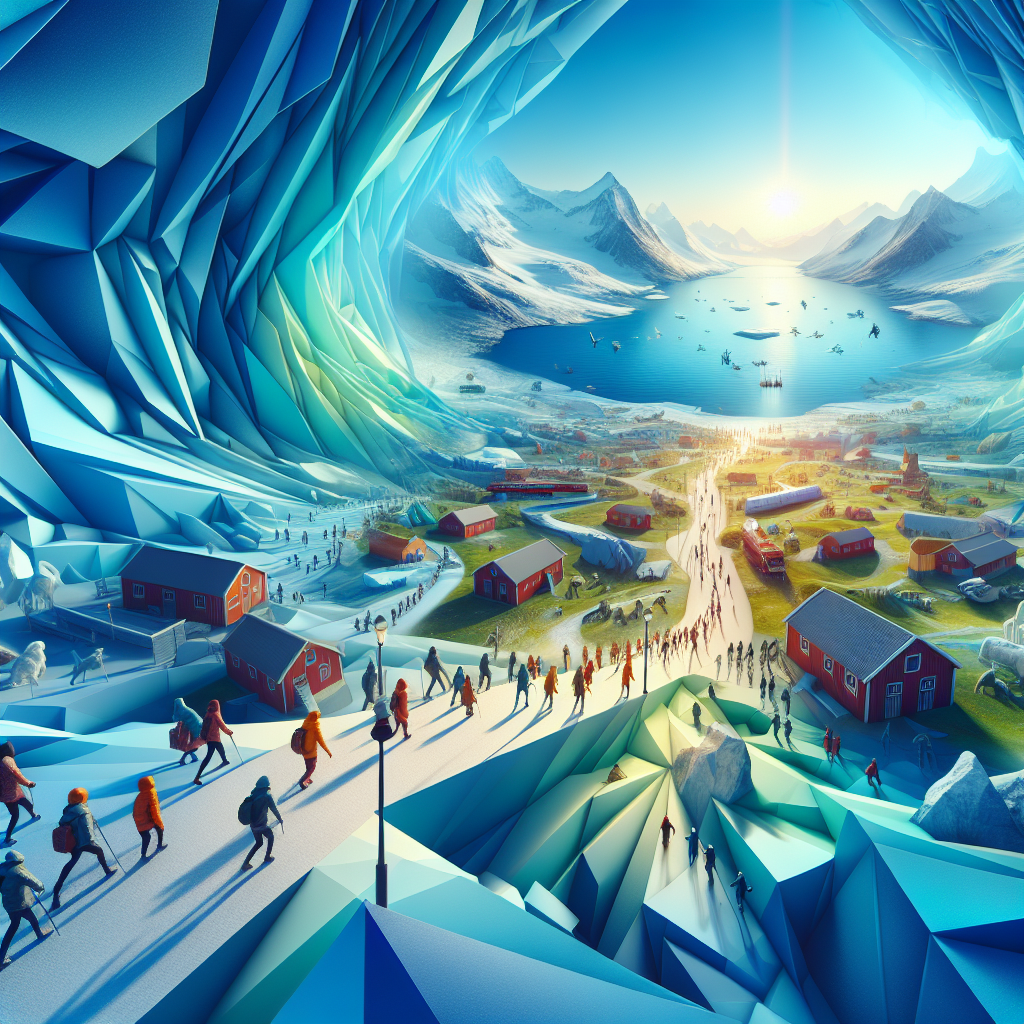The Coolest Museum in Norway: The Norwegian Glacier Museum
Nestled in the picturesque village of Fjærland, Norway, the Norwegian Glacier Museum is a fascinating destination that offers a unique glimpse into the icy wonders of our planet. Established in 1991, this museum is dedicated to educating visitors about glaciers, climate change, and the natural history of the region. It serves as a vital resource for understanding the impact of global warming on these majestic ice formations. The museum is open year-round, providing an engaging experience for tourists and locals alike who are eager to learn about the past, present, and future of glaciers.
The museum's location in Fjærland is no accident. This small village is surrounded by some of Norway's most stunning glaciers, making it an ideal spot for a museum dedicated to these natural wonders. The museum itself is an architectural marvel, designed by the renowned architect Sverre Fehn. Its modern design contrasts beautifully with the rugged landscape, creating a harmonious blend of nature and human ingenuity. Inside, visitors are treated to a variety of exhibits that explore the science of glaciers, their role in the ecosystem, and the effects of climate change.
One of the museum's most popular attractions is the interactive exhibits that allow visitors to experience the power and beauty of glaciers firsthand. These exhibits use cutting-edge technology to simulate the movement and melting of glaciers, providing a visceral understanding of these dynamic ice formations. For those interested in the science behind glaciers, the museum offers detailed explanations of how they form, move, and shape the landscape. This educational approach is particularly appealing to younger audiences, making it a popular destination for school trips and family outings.
The Norwegian Glacier Museum also addresses the pressing issue of climate change and its impact on glaciers worldwide. Through informative displays and engaging presentations, the museum highlights the alarming rate at which glaciers are melting due to rising global temperatures. This aspect of the museum is crucial, as it raises awareness about the urgent need for action to combat climate change. By presenting scientific data in an accessible and compelling manner, the museum encourages visitors to consider their own role in protecting the environment.
While the museum's primary focus is on glaciers, it also delves into the broader context of Norway's natural history. Exhibits on the region's flora and fauna, as well as its geological history, provide a comprehensive understanding of the environment in which these glaciers exist. This holistic approach ensures that visitors leave with a well-rounded appreciation of the natural world and the interconnectedness of its various elements.
Despite its focus on science and education, the Norwegian Glacier Museum is not without its critics. Some argue that the museum's emphasis on climate change is overly political and detracts from the beauty and wonder of the glaciers themselves. However, the museum's supporters contend that addressing climate change is essential to preserving these natural wonders for future generations. They argue that the museum's mission is not only to educate but also to inspire action and foster a sense of responsibility towards the planet.
The Norwegian Glacier Museum is a testament to the power of education and the importance of understanding our natural world. It offers a unique opportunity to explore the fascinating world of glaciers while also confronting the challenges posed by climate change. For those who visit, it is an unforgettable experience that leaves a lasting impression and a renewed commitment to protecting our planet.

